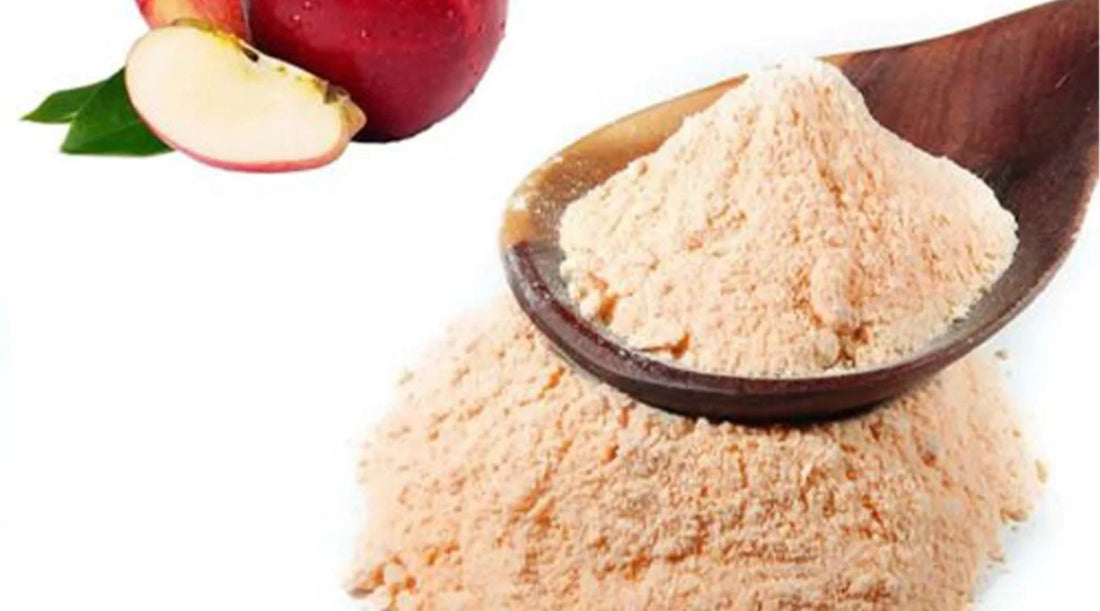
The Surprising Effectiveness of Pectin in Pepper Jam
Share
Pectin is commonly used in the production of pepper jam and other fruit preserves as a thickening agent. It is a naturally occurring substance found in the cell walls of fruits, especially in the peels and cores. When pectin is heated with sugar and acid, it forms a gel-like structure that gives the jam its desired texture and consistency.
Here are a few reasons why pectin is used in pepper jam:
Gel formation: Pectin helps the jam achieve a gel-like consistency by forming a network of molecules that trap water and other ingredients. This gives the jam its spreadable texture and helps it hold its shape.
Thickening: Pepper jam often contains chunks of peppers or other fruits. Pectin helps thicken the liquid in the jam, providing a cohesive structure that holds the fruit pieces in place. Without pectin, the jam might be runnier and have a less appealing texture.
Improved shelf life: Pectin plays a role in preserving the jam by creating a barrier that helps prevent the growth of microorganisms. The gel structure created by pectin helps to inhibit the movement of water and nutrients that microorganisms need to survive and reproduce. This helps extend the shelf life of the jam.
Consistency control: By using pectin, manufacturers and home cooks can have better control over the final consistency of the jam. The amount of pectin used can be adjusted to achieve the desired thickness, allowing for a more consistent product from batch to batch.
It's important to note that different types of pectin are available, such as high-methoxyl pectin and low-methoxyl pectin. The choice of pectin depends on the recipe, desired texture, and the acidity of the ingredients being used.